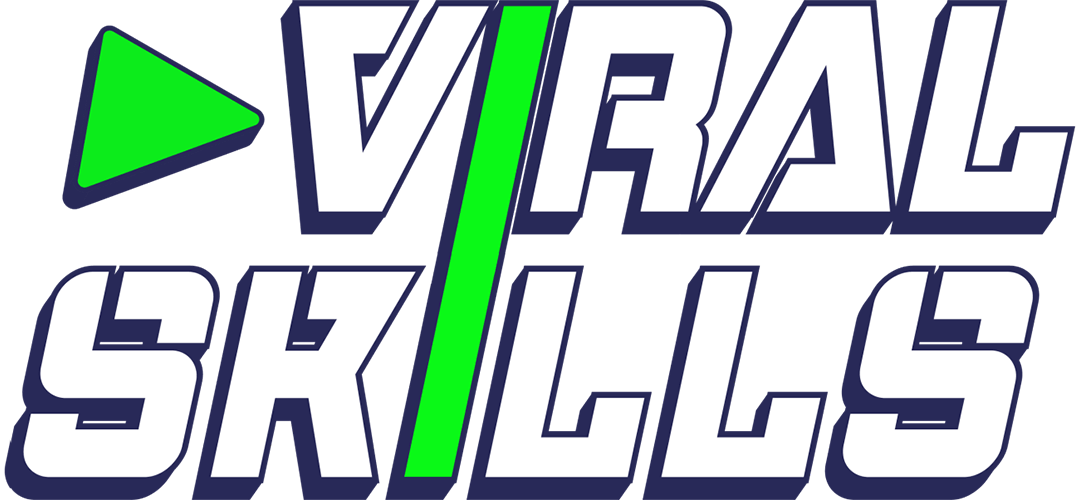| VR Application Profile | |||||||||||||
| Name of VR Application | BBC Home – A VR Spacewalk | ||||||||||||
| Category | Space | ||||||||||||
| Date of processing: 27/09/2019 | |||||||||||||
| Technical Framework & Key Data | Software-Provider: BBC
Software-Developer: BBC Media Applications Technologies Limited Version of app: 1.4
Compatible VR hardware systems: ☐ Google Cardboard ☒ Oculus Rift ☐ Google Daydream View ☐ Oculus Quest ☐ Lenovo Mirage Solo ☐ Samsung Gear VR ☐ Lenovo Explorer ☐ Samsung Odyssey ☐ HTC Vive Pro ☐ PlayStation VR ☒ HTC Vive ☐ Dell Visor ☐ Acer AH 101 ☒ Other: Valve Index ☐ Oculus Go
Compatible operating systems ☐ iOS Version: …………………………… ☐ Android Version: …………………………… ☒ Other: Windows Version: 7 or higher
Languages available ☒ English ☐ Italian ☐ Spanish ☐ German |
||||||||||||
| Learning Content | Inspired by the NASA training programs, the Spacewalk enables learners to embark on a spacewalk 250 miles above the Earth’s surface, something only 217 people have ever done for real. They are tasked with making a repair on the outside of the International Space Station, before being confronted with a terrifying emergency situation.[1]
In general, the learning content is minimal but does include:
· Basic knowledge of a spacewalk · Understanding and following commands · Independent thinking in time-sensitive / dangerous situations · Critical thinking and situational analysis |
||||||||||||
| Learning Outcomes | Knowledge | ||||||||||||
| The adult learners will be able to:
· Identify some of the core concepts and process of learning through use of VR experiences · Recall some basic activities implemented by NASA during a spacewalk · Relate to the importance of science and technology in spaceflight · Identify the physical and emotional requirements of an astronaut during a spacewalk · Recognise the responsibility and pressure of completing a defined task within a short timeframe
|
|||||||||||||
| Skills | |||||||||||||
| The adult learners will be able to:
· Complete simple steps and task required to use the application and complete the spacewalk · Use the VR equipment effectively in order to complete assigned tasks · Analyse the situation and improvise solution to be taken in order to complete defined tasks, both expected and unexpected · Identify and implement effective strategies to complete the tasks under the pressures of both stress and time
|
|||||||||||||
| Competences | |||||||||||||
| The adult learners will be able to:
· Demonstrate the ability to undertake and complete an intensive and immersive VR experience · Demonstrate the ability to follow simple instructions and complete tasks as directed · Demonstrate the ability to independently use the equipment required to complete the task · Demonstrate the ability to work under pressure and within time-restricted deadlines
|
|||||||||||||
| Activities provided | The learners are tasked with making a repair on the outside of the International Space Station, before being confronted with a terrifying emergency situation.[2] | ||||||||||||
| Added value for low-skilled/-qualified adults |
Limited added value to low-skilled/qualified adults, however, the following do apply:
· Clear explanation of the tasks to be completed with narrative supports throughout the learning process; this approach supports learners in the belief that they can succeed in the completion of tasks despite obstacles faced · The learning process is straight forward with a set of simple tasks to be accomplished, with the possibility to repeat these processes and practice the tasks until they are accomplished successfully · Short and interesting learning experience; ideal for those unfamiliar with VR experiences · The game gives learners space for independent learning and make them feel “responsible” for their own actions |
||||||||||||
| SWOT analysis |
*1…very poor/low; 2…poor/low; 3…OK/medium; 4…good/high; 5…very good/high
|
||||||||||||
| Ideal application/utilization |
Context of ideal application - Well suited as a basic introduction to learning through VR - Could be used as a taster/introduction to STEM subjects and as an introduction to space exploration - Can be used to introduce the importance of technology and science in a practical setting - Can be used as an assistive tool for users to overcome irrational fears (heights, claustrophobia etc.)
Instructions for preparation - Ensure that an adequate amount of space is available to move around - It may be advisable to create a dedicated learning space which allows learners to feel safe and to fully engage with an immersive VR experience - The option to play the game while seated could be offered to learners. While this may lessen the impact or the VR experience it can assist in overcoming some of the drawback of an intense VR experience.
Instructions for tutoring - The tutor should advise the learners about the 2 options of intensity and level of difficulty. It would be advisable that learners be warned that the experience can be uncomfortable regardless of what level of intensity is chosen. - The tutor should stay in the room and support the learner in case of there is any additional help required. - The app can be viewed by all learners while it is running, it would be advisable to allow learners to observe the tutor undertaking the basics first. - The tutor should request feedback from learners in order to properly assess the benefits/impacts of the app in addition to what other VR resources would be the most suitable to support the learner’s further learning.
Do’s and don’ts - Highly advisable that learners are properly briefed on the use of the VR equipment in order to make the experience as comfortable as possible. - Ensure that headset is fitted correctly and that the learners vision is not blurred/impaired as this can exacerbate the effects of motion sickness/nauseous and will lead to a poor outcome for the learner, particularly in the context of using VR again in the future.
|
||||||||||||
[1] https://www.bbc.co.uk/mediacentre/latestnews/2017/vr-spacewalk
[2] https://www.bbc.co.uk/mediacentre/latestnews/2017/vr-spacewalk
